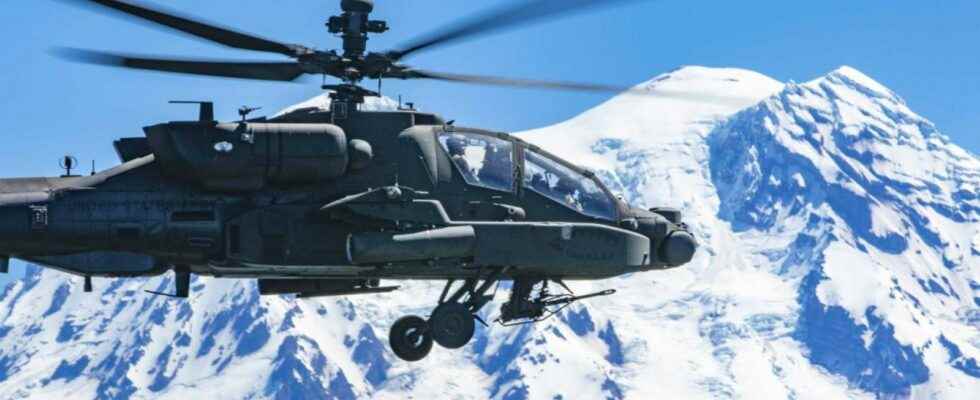Under contract with the US military, the US National Institute for Aeronautical Research (Niar) will create a three-dimensional digital rendering of an AH-64D Apache attack helicopter. This titanic work including the digitization of each piece is a project that should last three years.
You will also be interested
[EN VIDÉO] Dassault Systemes 3DEXPERIENCE Lab During the confinement, Futura takes you to discover the 3DEXPERIENCE Lab of Dassault Systèmes! An open innovation laboratory founded in 2015 that draws on the firm’s long experience of virtual technologies, specializing in 3D modeling, simulations and the development of various software solutions.
For nearly forty years, thehelicopter american fighter AH-64 Apache participated in many conflicts. Fast, loaded with weapons and sensorsvery manoeuvrable, theaircraft remains the most produced attack helicopter in the world. It is to improve the maintenance of this aging helicopter that the American army decided to create the digital twin.
A full digitization of every single part is currently underway. In Kansas, it’s the staff of theNational Aeronautical Research Institute (National Institute for Aviation Research or Niar) from Wichita City University who was commissioned for this project. The institute will work there for at least three years to digitize in 3D the 5,000 to 6,000 parts of the “delta” variant of the AH-64 Apache. This 3D scanning will be carried out using a device called Hexagon Arm. The US Army has a fleet of 800 models of this AH-64 version of the attack helicopter.
Dispose of this digital twin in high definition will, for example, make it possible to precisely assess the stresses exerted during flights and certain maneuvers on certain parts of the aircraft. To make them more durable, the parts in question can be digitally improved and tested on the digital twin. This method will make it possible to optimize maintenance operations on this aging fleet of helicopters.
Between 5,000 to 6,000 parts to digitize
This work of Titan requires the complete dismantling of a helicopter piece by piece, to clean each element and to digitize them. Then, it is necessary to digitally assemble this multitude of parts to rebuild the cell. To assess the constraints on the structure of the cell and validate the digital modelthe Niar team will also have to use a second helicopter by making it carry out maneuvers to “stress” the structure and by collecting data on the propagation of loads through it.
Why not use the detailed parts drawings at Boeing to make this digital twin? Quite simply because, for this model which was put into service in 1990, the aircraft manufacturer’s plans do not correspond to current standards. This method has also been tested with negative feedback, since the creation of the twin required too much improvement work.
The Apache is therefore not the first device to be digitized. This is also the case of the helicopter black hawk which is about to be completed. Other aircraft being digitized also include a B-1 bomber and a fighter jet F-16. Other projects are underway but they remain under the seal of defense secrecy.
Interested in what you just read?
